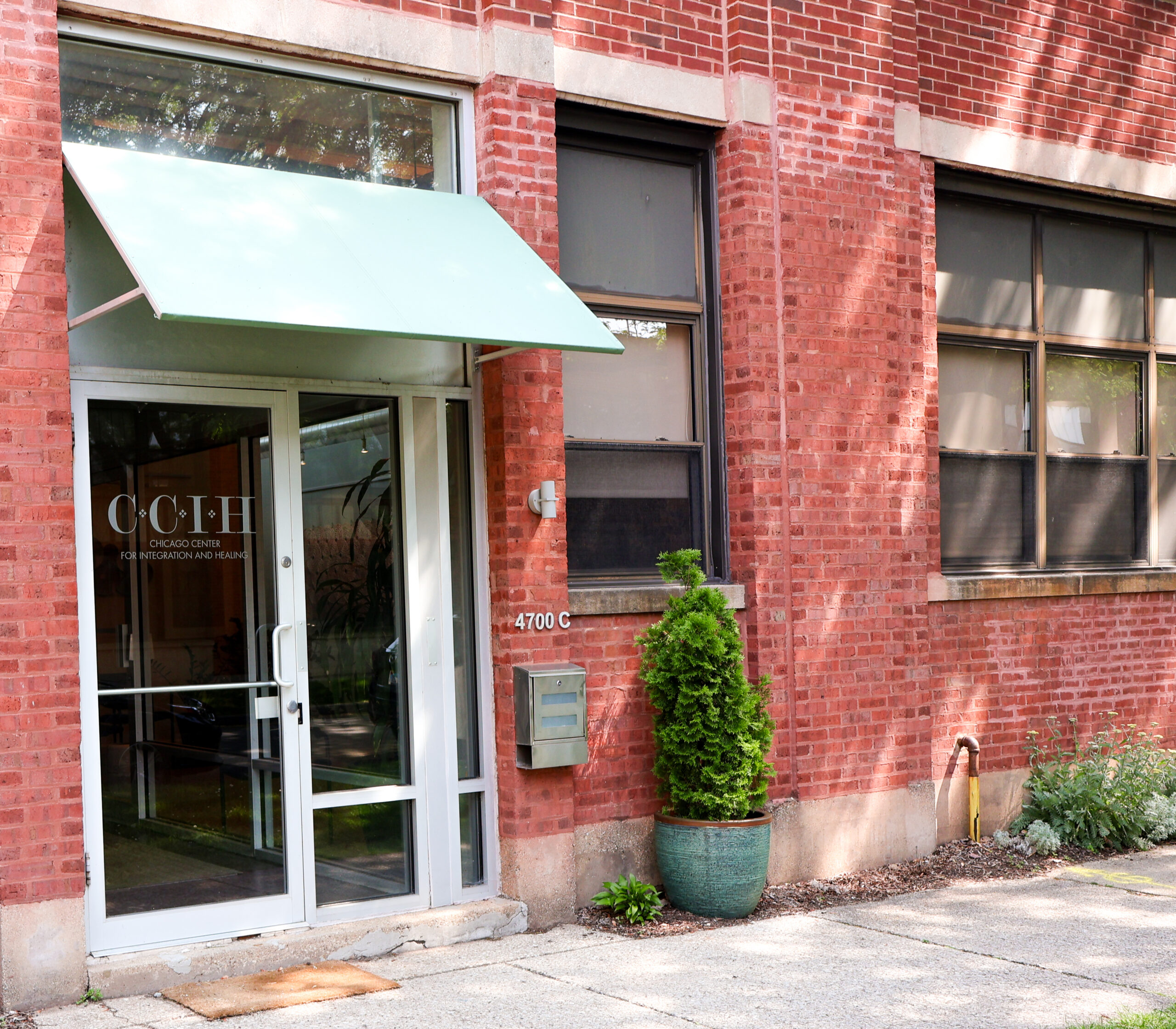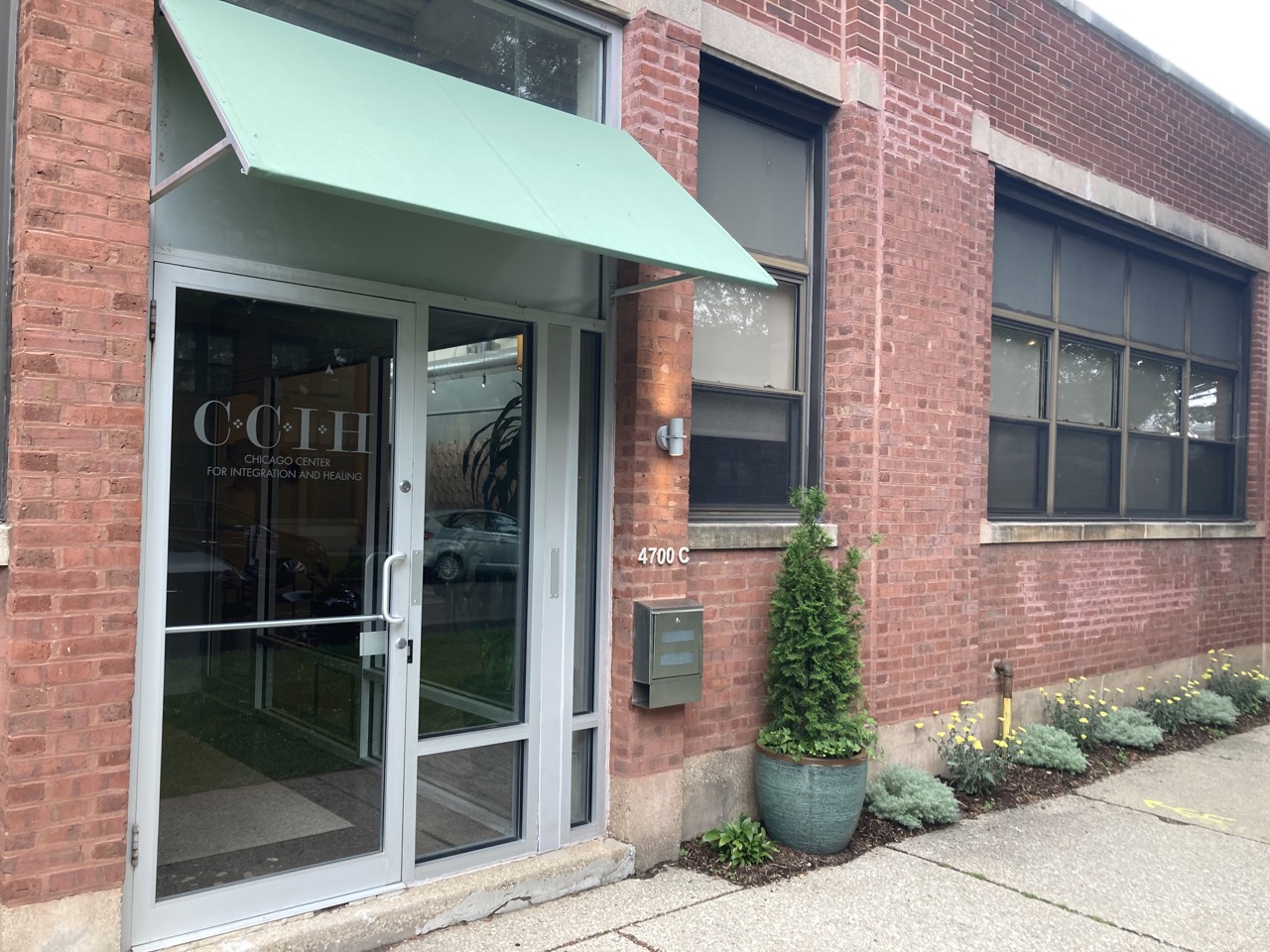Traditionally, talk therapy has focused on changing the way we think about our lives. While this is often helpful, sometimes it can be hard to translate that understanding into actually making changes in how we feel or act in our lives. Clients will often say “Logically I know everything is okay right now, but I don’t feel okay.” And no amount of talking it through changes that felt sense. That’s because the logic of the mind is in conflict with the implicit, or procedural, knowledge of the body. By working with both the mind and the body, we can deepen our understanding of ourselves and create new and lasting patterns.
Once we have done something enough times, the learned behaviors, thoughts, sensations, and emotions associated with it can unfold automatically and unconsciously. Think about something you have learned to do that just happens automatically now, like washing your hands at the sink or riding a bike. This is known as procedural learning.
Similarly, we have all developed procedural patterns for how to navigate the world. Particularly when there is a history of trauma or difficult early life experiences, the body will hold procedural patterns around detecting threats and maximizing safety. And because safety is paramount, these patterns don’t easily change through trying to talk ourselves out of them.
But we can use the body as a route for accessing and shifting these patterns. When we do this with compassion and curiosity, we can help our bodies start to release the past and try new ways of connecting to feelings of safety or possibility in the present.
I invite you to try a body-centered experiment to get a sense of this for yourself: try clenching your fists and tensing your shoulders up to your ears. Then tell yourself, “Everything is okay.” Do those words land? Do you believe it?
Now try taking a moment to see if you can allow your shoulders to relax and give your arms and hands permission to unclench. Take a few deeper breaths, and maybe even bring a very gentle smile to your face. Now try telling yourself, “Everything is okay.” Does that feel different? (If this feels a little difficult to access in your own body, you may try imagining someone else doing that. Do you believe their “okay” differently, depending on what their body is doing?)
Hopefully that example illustrates that if someone’s body is holding procedural patterns of fear or danger, the belief that they are safe and okay will be harder to access, no matter how hard they (or their therapist!) try to use logic. When we work with both the mind and the body in therapy, we can have more compassion for the patterns that kept us safe in the past and the ways they continue to affect us now. We can also develop new procedural patterns to make lasting changes moving forward.








